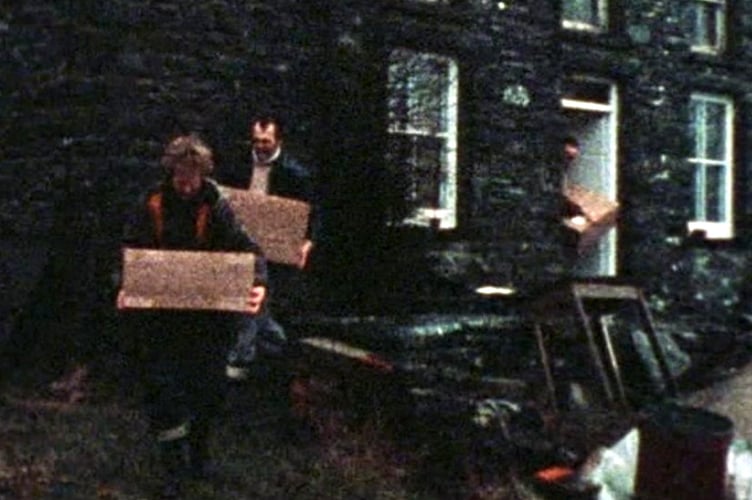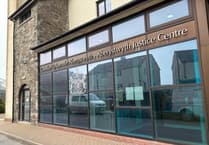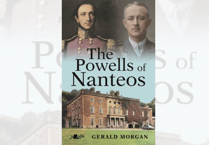The daughter of a police officer involved in one of the biggest drug busts in world history has spoken about the life of the police sergeant, and what it was like being one of the police officers involved in Operation Julie.
Lydia Jones is the daughter of Detective Sergeant Richie Parry, one of over 800 officers involved in Operation Julie, a two-and-a-half-year undercover investigation which, at the time, was the largest drug bust in history.
The operation involved officers from 11 different police forces working to bring down a LSD manufacturer and distribution network that had been set up in Tregaron, and supplied up to 60 per cent of the world’s LSD supply and up to 90 per cent of the UK’s supply.
The group was so important to the distribution of the drug that when they were taken down by Operation Julie, the price of an LSD tablet was said to have jumped from £1 to £5 overnight.
DS Richie Parry played no small role in the operation. Born in Aberystwyth, he was part of the police’s surveillance team in Operation Julie, and according to Lydia, he was the officer who discovered the piece of evidence that set the operation in motion.
The manufacturing and distribution ring that police were investigating as part of Operation Julie was set up by David Solomon, an author, and the chemist Richard Kemp.
Kemp first made LSD in 1969, 31 years after the drug was first synthesised in Switzerland by chemist Albert Hofmann. His discovery led him to partake in what is now known as ‘bicycle day,’ where, on April 19 1943 he intentionally ingested the drug and tried to ride his bike.
This is considered the first intentional attempt to become intoxicated on LSD in history.
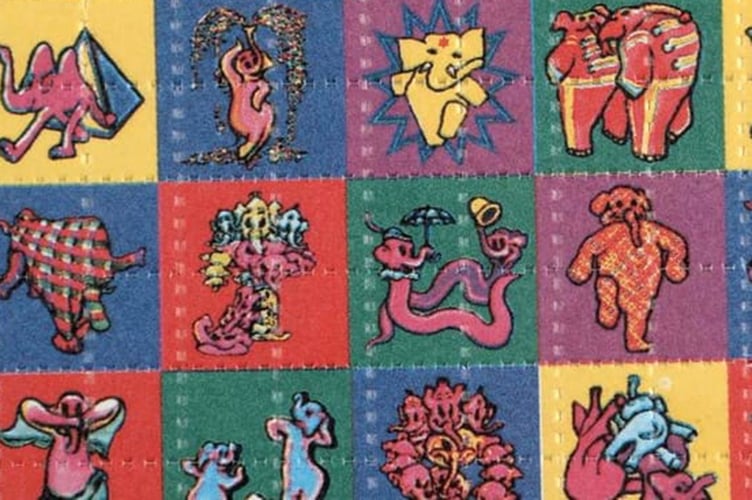
During the 1950s both the Central Intelligence Agency and MI5 experimented with LSD as a mind-control drug, with limited effect. But as a mind-expanding drug, writers like Aldous Huxley and Arthur Koestler began to evangelise its apparently miraculous powers.
Thirty years after ‘bicycle day,’ in 1973, Kemp and Solomon would launch their LSD manufacturing and distribution ring. Although they had to shut down their production for a time after a quarrel with their distributors, the gang’s operations ran relatively smoothly for the next two years, until they would begin crashing down after Kemp was involved in a car accident near Machynlleth.
In 1975, one year before Operation Julie, Kemp, who was living in a cottage in Tregaron, was involved in a car crash near Machynlleth. It is this car crash which led police, and Lydia’s father, to that piece of evidence – torn up pieces of paper which, when they were put together by police, spelt hydrazine hydrate, a key ingredient in LSD.
DS Parry had contacted his old drugs squad colleague Don Evans – by this time a traffic inspector for Dyfed-Powys – and told him to get in contact immediately if a red Range Rover was ever involved in an incident.
By pure coincidence, the control got in touch to say there had been a fatal accident involving a red Range Rover and a Mini estate. A woman was killed, a minister seriously injured, and Kemp and Christine Bott escaped with their lives from the crash.
Inside the car, DS Parry found the key clue that prompted establishment of Britain’s first combined anti-drugs operation. It was led by Dick Lee of the Thames Valley Drug Squad.
On 17 February 1976, a meeting in Brecon involving a number of chief constables and senior drug squad officers led to formation of a multi-force operation. This was the beginning of Operation Julie.
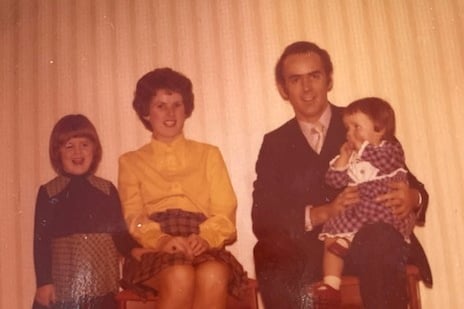
Lydia said: “Dad was Detective Sergeant Richie Parry. He was the policeman who discovered the piece of paper with the LSD chemical equation that led to the whole chain of events resulting in Operation Julie. Every photo you see of the case: the police finding the drugs under the floorboards, celebrating the bust, the exterior court case pictured, he’s in those pictures.”
It was this discovery that first set Operation Julie in motion in what was at the time, going to be the biggest drug bust the UK, and the world, had ever seen.
In April 1976, officers from 10 police forces were trained in surveillance techniques. Within a month, they were sent undercover to a farmhouse in Tregaron, from there, they could see Kemp’s house. In the coming months, female police officers would join the operation, including Sgt Julie Taylor, whose name became the operation’s codename.
The surveillance led police to learn that Kemp would regularly travel from his home in Tregaron to an old mansion called Plas Llysyn, in Carno, near Llanidloes.
After some time monitoring the mansion, and documenting the people who visited it – police were told to break in. In the mansion’s cellar, police took water samples which turned out to have chemicals which matched the samples of LSD police had.
More than a year of undercover surveillance work came to a head on 26 March 1977, when police officers raided 87 homes across Wales and England, which saw 120 suspects arrested, including the drug gang’s leaders.
At Kemp’s home a package containing £11,000 was found as well as LSD crystals and tabletting equipment. At Carno, laboratory equipment was dug out of a well.
A further raid in the Dordogne region in France located documents that detailed and proved the LSD business had been immense. Details of French and Swiss accounts were found as well as share certificates.
On 1 December 1977, officers searched Kemp’s cottage for a second time and dug up a large plastic box that contained 1.3 kg of LSD crystal – enough to create 6.5 million doses.
By this point, it was believed to have supplied over 100 countries across the world.
Kemp and another 14 defendants were tried at Bristol Crown Court in 1978. He pleaded guilty and was sentenced to 13 years in prison.
The total sentences of all the defendants led to a combined total of 120 years.
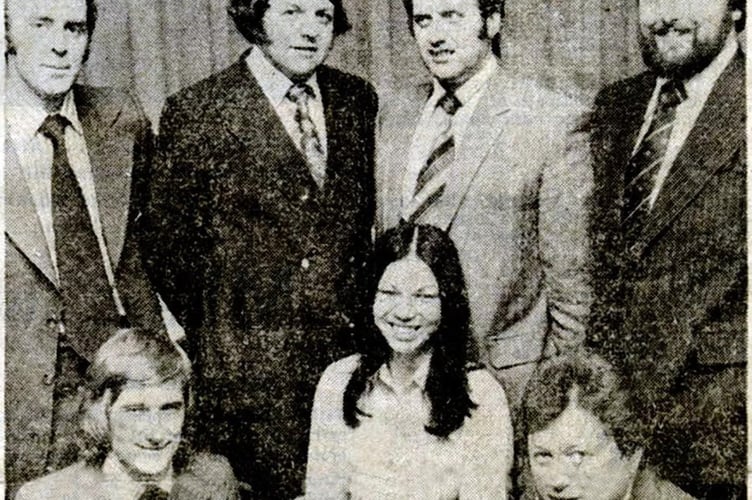
Despite the impact of the operation on drug enforcement around the world, Parry didn’t speak much about it, nor his time as a police officer, which, on top of being involved in the biggest drug bust in history, also included being shot in an incident in Cardigan.
According to Lydia, the TV show Life on Mars would have been ‘a good depiction’ of life for him and other officers at the time.
Lydia said: “Dad had a ‘need to know basis’ rule. Which meant he never spoke about work. He was doing it because it was the right thing to do, but it’s a shame. We learned more about some of his jobs on his funeral day 12 years ago.
“His colleagues spoke very highly of him, and also said Life on Mars was a good depiction of their lives back in the day too. He was once shot in the line of duty, after a hold up in Top Shop, Carmarthen. It must have impacted on him, but he came from the school of ‘stress does not exist’ so kept everything to himself. But he loved his job very much.”
As you might expect of a police officer parent, Parry was a ‘strict but caring’ father.
Though you might not expect him to have a dash of theatre in himself – having joined the Carmarthenshire Youth Opera as part of its stage crew.
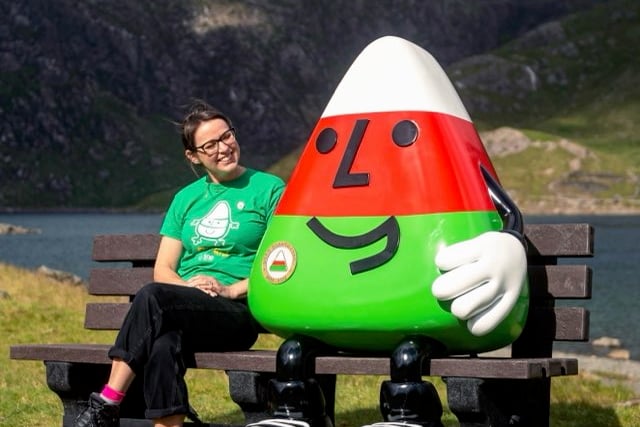
According to Lydia, he would have ‘loved’ to see the musical show of Operation Julie produced by Theatr na nÓg.
“Dad was strict, but caring. He’d take my sister to the swimming club at crazy o’clock in the morning and with me and my love of Carmarthen Youth Opera, he even joined the stage crew. He loved camaraderie and being part of the team.
“He was very proud of his work and he would have approved of being portrayed in the musical. He’d have loved the music, it’s dad who introduced me to Pink Floyd, so the music would have been right up his street. He would have also approved of the fact that there are no baddies in the musical, everyone comes off well in the peace and love musical.
“He’d have loved the music too, it’s dad who introduced me to Pink Floyd, so the music would have been right up his street. He would have also approved of the fact that there are no baddies in the musical, everyone comes off well in the peace and love musical.”
Though Parry passed away 12 years ago, and never got to see the musical, his family have all seen, and ‘loved it.’
At first, they were nervous, not knowing what to expect, but Lydia called it ‘a joy from start to finish.’
“When we went to see the musical we were nervous, not being sure how each side would be portrayed or accepted by the audience, but it was a joy from start to finish, poignant as dad missed seeing it, but such a fun thing to watch. We can’t wait to see it in the spring again.
“My mother, Anne Parry, is portrayed briefly in the musical, you catch a glimpse of life as a drug squad wife. Me and my sister Sharon get a mention too. The musical’s artist director, Geinor Styles, met with my mum. She loved the show.”
